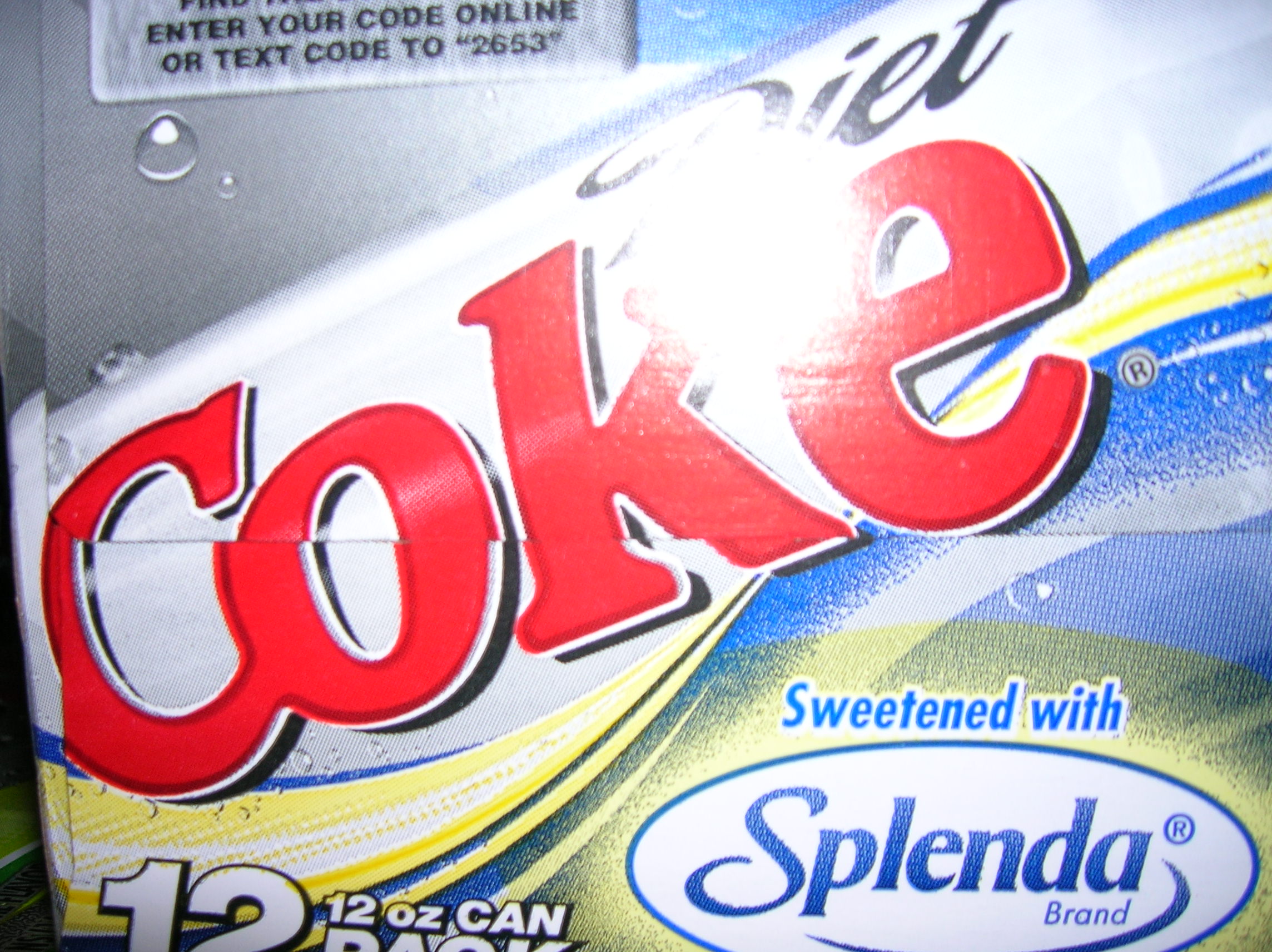
Hold on to your hats! The next mouse study connecting artificial sweeteners (sucralose, in this case) to cancer is trending! But what are the HUMAN EQUIVALENT DOSES? Image courtesy Wikimedia
A new research study was published in the International Journal of Occupational and Environmental Health titled "Sucralose administered in feed, beginning prenatally through lifespan, induces hematopoietic neoplasias in male swiss mice".[1]
In short, male mice in certain sucralose groups had significantly higher leukemia rates.
This set off all kinds of alarms, and half-baked articles began to trend on social media because sucralose is the artificial sweetener used in Splenda (the yellow packets), which many have adopted over aspartame or saccharin over the years.
In the study, various doses of sucralose were consistently given throughout the mice's lives - including their prenatal period. At higher levels, male mice had significantly increased rates of hematopoietic neoplasms. These are tumors that affect the blood, bone marrow, and lymphatic system - the most common one being leukemia.
The study used a control group (which received 0 sucralose), and then groups receiving feed at concentrations of 500, 2000, 8000, and 16000 PPM (parts per million).
What are the Human Equivalent Doses?!
Before losing our heads along with the rest of the world, we contacted Morando Soffritti, the Italian researcher from the Ramazzini Institute who led the study.
We needed to get Human Equivalent Doses (HED) of these studies before saying anything.
The study is especially interesting to us because supplement manufacturers are notoriously high users of sucralose, in an effort to sweeten and overpower bitter and bland ingredients. (If you're new here, PricePlow is a price comparison site for supplements, and this blog serves as a consumer advocate of sorts).
Within a couple of days, Morando replied:
Dear Mike,
Thanks for your kind words.
The conversion of ppm to mg/kg b w [bodyweight] of sucralose is around 60 mg/k b w for 500ppm and 240 mg/kg b w for 2000ppm (the dose level to which hematopoietic neoplasm are still statistically significant).
Best regards,
Morando Soffritti
Disclaimer: These numbers are not verified

The study was authored by Morando Soffritti of the Ramazzini Institute. There were no conflicts of interest and it seems extremely thorough.
First, note that we don't know how he arrived at these numbers. You can see how to calculate HED from Swiss Mice per the FDA's guidance,[2] but that guide doesn't mention PPM / parts per million, and we don't know the total volume of the feed given to the mice anyway.
That said, Morando knew he was going on the record, and no researcher is going to ruin his credibility over a blog post, so we're taking his word for it.
Example human calculations
Using an 85kg male (~187lbs) as an example:
- 500ppm = 60mg/kg → 5100mg total daily sucralose (from 60*85)
- 2000ppm = 240mg/kg → 20400mg total daily sucralose (from 240*85)
Note: The FDA's acceptable daily intake = 5mg/kg/day → 425mg total max sucralose recommended.
5g to 20g may not seem like a lot, but remember that sucralose is insanely sweet. You don't need grams of it to get the job done.
To get some perspective here, let's put together an example day to see where we land:
A day in the life of a supplement user
Here is a good "average day" for one of our readers:
- 2 Scoops Protein Powder
- 1 Serving Pre Workout Supplement
- 1 Serving BCAAs (used during workout)
- 1 Coffee + Splenda
Unfortunately, nearly no companies list the amount of sucralose in their products. It's always just stashed away in their Other Ingredients section.
That is, except for one company: NutraBio. This ultra-transparent company prints ingredient labels that tell you everything about every facet of their products, including the exact grade of protein used, the amount of flavoring, coloring, and yes, the amount of sweetener.
Using their most popular products, we can arrive to a daily total:
- 2 Scoops of NutraBio Muscle Matrix Protein (Chocolate flavor): 2 * 42mg/scoop = 84mg sucralose
- 1 Serving NutraBio PRE-Extreme (Watermelon flavor): 200mg sucralose
- 1 Serving NutraBio Intra Blast (Orange Mango flavor): 220mg sucralose
- 1 incidental packet of Splenda (coffee, tea, etc): 12mg sucralose
Grand total: 516mg sucralose.
This number is literally 10x smaller than the first dose even studied (which had no statistically significant increase in any form of cancer), and 40x smaller than the lowest actual dose whose cancer reached statistical significance.
Interestingly, this example day is over the FDA's recommended safety limit!
We can't be sure of the rest of your diet, but as far as we're concerned, the supplements are by far the largest doses of artificial sweetener we ever take. We cook our own food and rarely add sweeteners. Your own mileage will of course vary.
Also, while we've definitely had stuff that's sweeter than NutraBio's supplements, other companies confirmed off the record that "those numbers are about right".
More information from the study
The full-text of the study,[1] which is not publicly available but has been shared out there, has some interesting stuff:
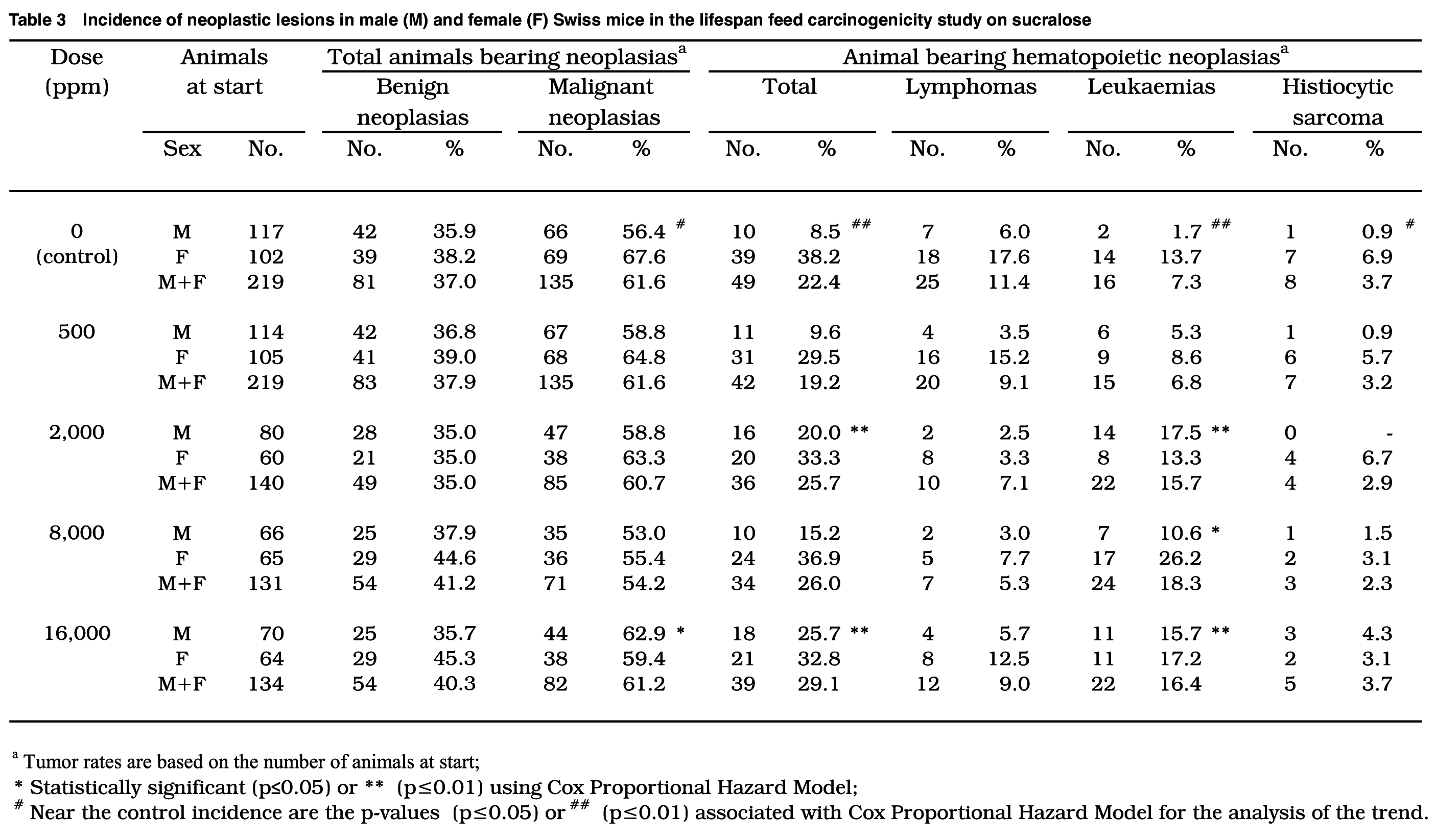
The details in the data. Below we discuss five very interesting things we learn from the study's full text.[1]
-
A serious amount of normal mice naturally develop some form of cancer throughout their lives.
Even in the control group, the researchers found benign neoplasias in 37% of the mice and malignant neoplasias in a whopping 61.6% of mice!
Chances are, if you look hard enough at a mouse throughout its lifetime, you're going to find a lesion or cancer somewhere. The researchers were incredibly thorough, performing analysis on nearly every organ you can imagine.
This is why it's important to look for statistical significance specific cancers... because at some point, most mice are going to get some form of cancer anyway.
-
The leukemia incidences only reached statistical significance at 2000PPM and greater in MALES
The female discrepancy is in the next point:
-
For some reason, the control group females had a lot more leukemia all on their own (13.7%).
The 500PPM and 2000PPM sucralose groups of females actually had less leukemias than the control group, although it went up to 26.2% in the 8000PPM group, and that still didn't even break statistical significance because the control was so high.
Point being, we still think monster doses of sucralose were "bad" for the female mice getting leukemia, but we cannot verifiably state that when using the accepted statistical methods.
-
Sucralose-fed mice weighed slightly MORE in nearly every group
If the calories were controlled for, then there is another mechanism at play here. The researchers note that it was "slight" and we're not sure if it led to statistical significance.
They also noted that similar bodyweight changes may have affected other cancer studies, where ultra-high doses of sucralose caused decreases in mouse weight.
For instance, any sucralose dose over 16000PPM has been determined to be unpalatable to mice,[4] which is why it was the max dose used in this study. When any animal eats significantly less, it alters all results in the studies - lower calorie intakes are associated with lower cancer and mutation rates.[5]
-
The female birthing mice exposed to the highest dose of sucralose got pregnant less frequently
Interested in getting pregnant? Well, chances are you're fine, but do note that the HIGHEST dose seemed to yield less pregnancy. Although we're not sure if that's statistically significant, and it's an absurd dose...
The mice were fed throughout their entire lives -- even in the womb -- so there were female birthing mice that were fed sucralose as well.
Those birthing mice had pregnancy rates that varied from 90% to 96%... except for the highest-dosed group at 16000PPM, who conceived 83% of the time. Let's not forget that 16000PPM would translate to an absurd (and likely impossible) amount of sucralose for any human.
It's also worth mentioning that sucralose hydrolyzes into a compound, 1,6-DCF,[6] that's been found to be weakly mutagenic.[7,8]
Discussion
Make no mistake, there is some small cause for concern here, and it's great to be aware, but we're not freaking out just yet. We currently must disagree with the groups that have urged everyone to completely avoid it.
Chances are, if you're taking so much artificial crap that you hit any of these levels, there's a likelihood that something other than sucralose is going to mess you up first anyway!
With that said, you have to consider the risk/reward of certain things. If you're a Splenda Diet Coke drinker, and you absolutely must have a soda every day, we believe that a small amount of sucralose is better than eating the equivalent amount of sugar -- unless you're trying to bulk up and gain weight.
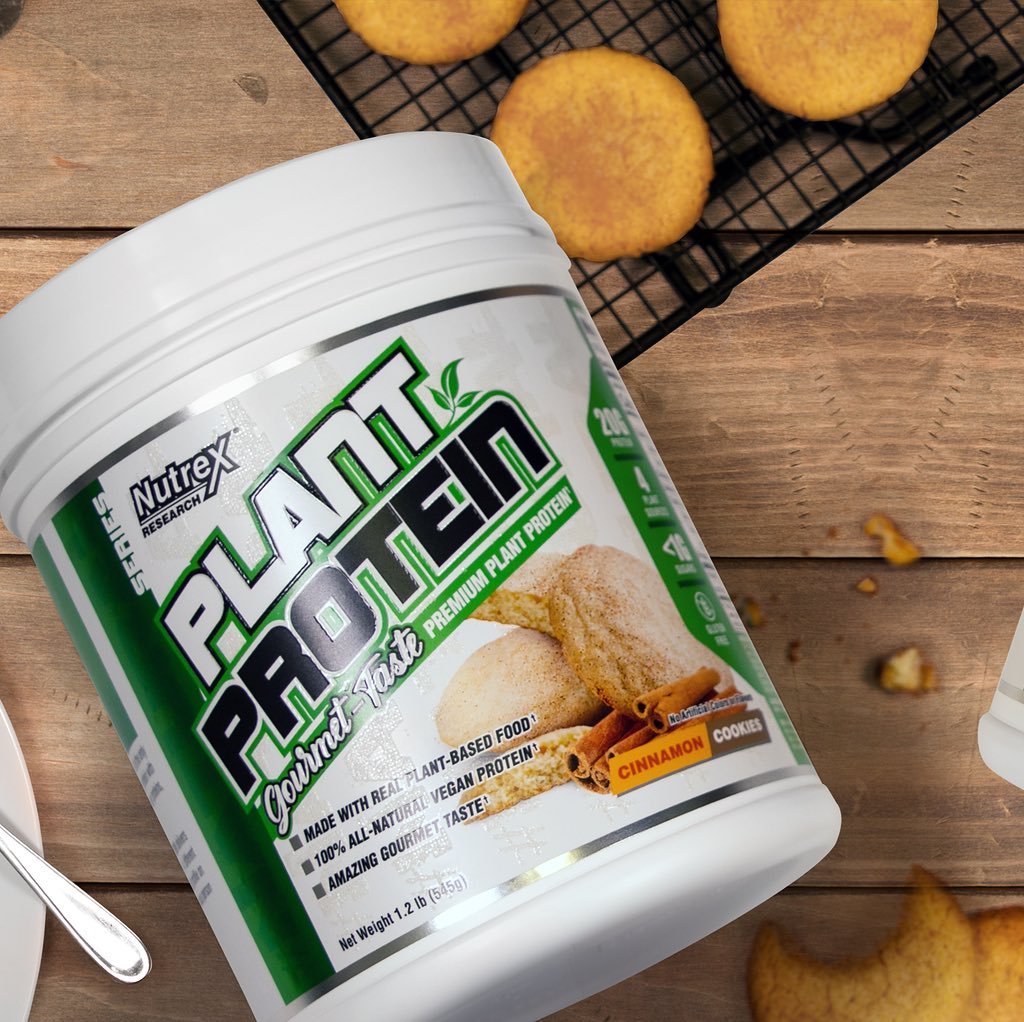
Nutrex Plant Protein is out, and this Cinnamon Cookies flavor is so good! Instead of using stevia, they used monk fruit extract!
For dieters acting reasonably, the pros of sucralose-assisted caloric restriction still seem to outweigh the cons, although switching to black coffee or simply water is still "best".
On the other hand, if you're a female trying to get pregnant, don't eat absurd amounts of sucralose! At some point, you have to ask yourself if it's worth it. If something decreases your chances even by 1%, and you're having a tough time conceiving, why bother with it? There are plenty of natural protein powders that you can have that will do you just fine. A teaspoon of sugar in your coffee instead of Splenda is not going to kill you.
There a trend happening
We have the traffic and click data. We see the trend happening here. NutraBio's Natural Whey Isolate and Nutrex Plant Protein, two naturally sweetened protein powders, are both doing quite well and taste great. Stevia is coming along - manufacturers have taken huge strides in the past year, although it's still not as sweet as sucralose, it's getting there.
Another hot company, Transparent Labs, is sweetening everything with stevia and are avoiding artificial colors. We love their pre workout supplement, Pre-Series BULK. Is it the best tasting thing ever? No. But do we care? Not at all - it's to the point where sacrificing some taste for one less major serving of sucralose might just be worth it... and we certainly don't need a cup of bright blue crap in our systems either.
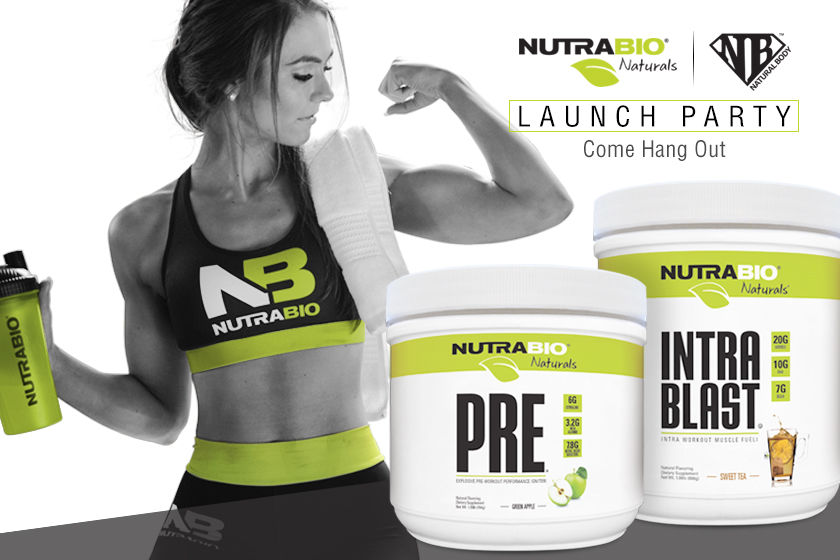
If you're avoiding sucralose, then check out NutraBio Natural Series Intra Blast, which is in my current arsenal with 5g organic cane sugar and stevia
Even BCAAs and Essential Amino Acid drinks, which are notoriously bitter and tough to sweeten, are getting there: NutraBio EAA Natural and NutraBio Natural Intra Blast get the job done and then some!
We're clearly not total naturalists here, but at some point, the bright colors and over-the-top sweetening gets a bit out of control, and more and more people (both in and out of the supp industry) are jumping on the natural movement.
Companies are wise to beware of that trend, but for the time being, we're ultimately not that concerned with this study as long as you're not a maniac... but it's still one more notch in stevia's belt.
At the same token... all of these sweeteners end up boosting dopamine and can potentially trigger hunger, so sometimes it's worth going on a 100% sweetener-free "dopamine fast".
Nutrex Plant Protein – Deals and Price Drop Alerts
Get Price Alerts
No spam, no scams.
Disclosure: PricePlow relies on pricing from stores with which we have a business relationship. We work hard to keep pricing current, but you may find a better offer.
Posts are sponsored in part by the retailers and/or brands listed on this page.
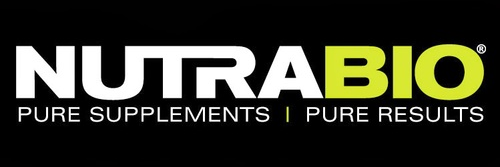
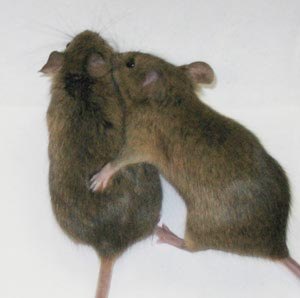


Comments and Discussion (Powered by the PricePlow Forum)